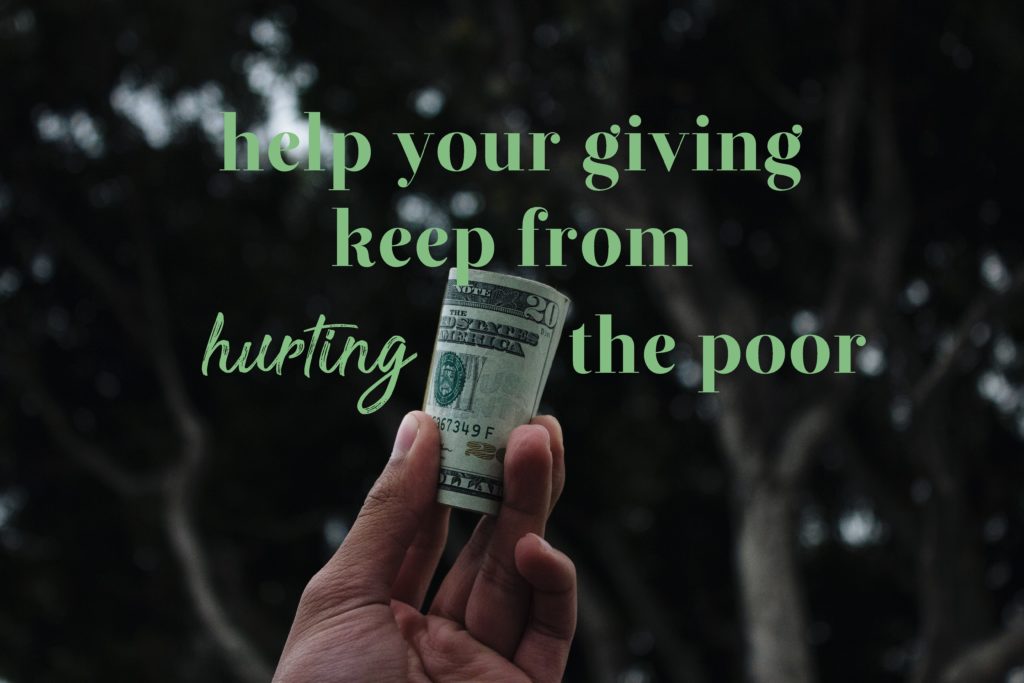 The stories happened more often than I’d like to admit, and echoed a truth a friend had told me within my first few months of moving to Africa. “The longer I’m here, the more I realize just how hard it is to help without hurting.”
The stories happened more often than I’d like to admit, and echoed a truth a friend had told me within my first few months of moving to Africa. “The longer I’m here, the more I realize just how hard it is to help without hurting.”
I’ve heard heartrending stories of boxes of early reading books collecting dust. Sewing machines gone into disrepair, sitting idle for years. Business owners possessing the equipment they need, but selling their goods for less than the goods cost, for lack of basic business training. Adoption funding such widespread corruption that an entire nation must close nearly entirely its adoption doors.
She was echoing truths in a book I heartily recommend, When Helping Hurts: How to Alleviate Poverty without Hurting the Poor…And Yourself. As the book’s cover copy relates,
poverty is much more than simply a lack of financial or material resources and that it takes much more than donations and handouts to solve the problem of poverty.
While this book exposes past and current development efforts that churches have engaged in which unintentionally undermine the people they’re trying to help, its central point is to provide proven strategies that challenge Christians to help the poor empower themselves.
And honestly, this baffled me throughout our five and a half years in Uganda. Sure, I gathered some “experience” under my belt, my own run-ins with con artists and corruption and entitlement (because a lack of gratitude carries no regard for economic status). But to the end of our service in-country, so many conversations with friends still involved how we could actually empower those around us rather than our knee-jerk responses to poverty: what we assumed would be most helpful. What made us feel like we could do something, for the love of Mike.
What would God’s poured-out, yet utterly wise generosity look like through us?
I’ve been thinking of how my husband’s and my giving has changed since we’ve now seen poverty up-close-er. Closer. Hopefully we Westerners, with the assistance of organizations like the Chalmers Center, will grow in our ability to truly empower the poor rather than cementing them in cycles from which they can’t emerge. (They’ve got Helping without Hurting in Church Benevolence, too; watch the trailer here. And I confess to laughing out loud at their “cautionary tale” on short term missions.)
Our Common Future defines sustainable development as “development that meets the needs of the present without compromising the ability of future generations to meet their own needs.” How can we give intentionally toward that kind of development–toward restoration?
- First and foremost: Collect wisdom in your concept of poverty. Understand the critical difference between relief, rehabilitation, and development (please start with this important page and video first!).
- Think like a development worker. (I polled them for you!) Ask good questions:
-
Am I helping this person to “learn to fish”, or is this a situation where the person just needs the fish desperately (an emergency)?
Are others already helping? How can I come alongside with my gifts and passions rather than recreating the wheel and working in “silos”?
After I’ve done my homework and truly sought to research and understand–how could this person help themselves? How can I increase their ownership and responsibility for what needs to happen…even if it means it doesn’t get done?
-
Am I coming alongside the community, or barging in? (In community cultures, Western interference can have potential to break down community.) Is there a local organization–like a church or national community member–that I can work through and empower, or am I another Westerner swooping in to save the day? (This ensures a longer-term, more indigenous understanding of how to help, too.)
-
Am I making this person dependent on my financial assistance, or am I contributing to something that will keep giving to them, like an education (i.e. child sponsorship, learning English or skills) or seed money for a business?
Do I have people I trust to whom I can relinquish control, who can effectively lead their people…even if it’s not exactly the way I would do it?
-
What skills does this person need to succeed, aside from finances? Do they possess them? What resources (like business understanding, family support, resources while they learn a trade, transportation to training) am I assuming they have? What could some bad outcomes be, and how would those happen?
-
Is this a hand-up or a hand-out? (Relief efforts–emergencies–are the occasion for handouts.)
-
Does this reduce the shame factor in poverty, helping the community to develop its own resources? Or am I sending the message, “You can’t do this on your own”? (I think of a father in poverty. Would he feel the satisfaction of being able to at last provide for his family, or would he feel emasculated that he obviously can’t?)
-
- When you can, give to people who’ve been on the field awhile and seem to have a wise understanding of sustainability. A key in wise giving is to reduce the degrees of separation between you and your knowledge of the recipient. The closer we know the recipient(s) and/or the workers distributing aid, as well as the effects of giving on the individual and the community…the more we can love them well. We love them effectively, rather than, well, our own motivations to give.
This article explains that many philanthropic organizations don’t go back to check the success of their projects. The author offers an example of sustainable development that helps the poorest of the poor out of extreme poverty. It’s utilized by the BRAC, the largest non-profit in the world.
[It’s] a package of six items:
-
A productive asset, that is, a way to make a living (livestock, beehives to make honey or supplies to start a simple store).
-
Technical training on how to use the asset.
-
A small, short-term regular stipend, to meet immediate needs for daily living so the individual does not have to sell the asset while learning how to use it.
-
Access to health support, to stay healthy enough to work.
-
A way to save money for the future.
-
Regular (usually weekly) visits from a coach, to reinforce skills, build confidence and help participants handle any challenges they encounter
And here’s another idea of sustainable development from the World Bank (3 minute video).
Interested in more ideas? C’mon back on Tuesday!
Like this post? You might like
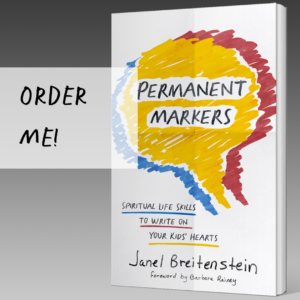
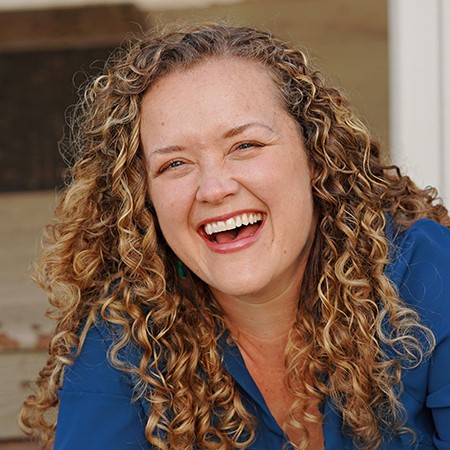

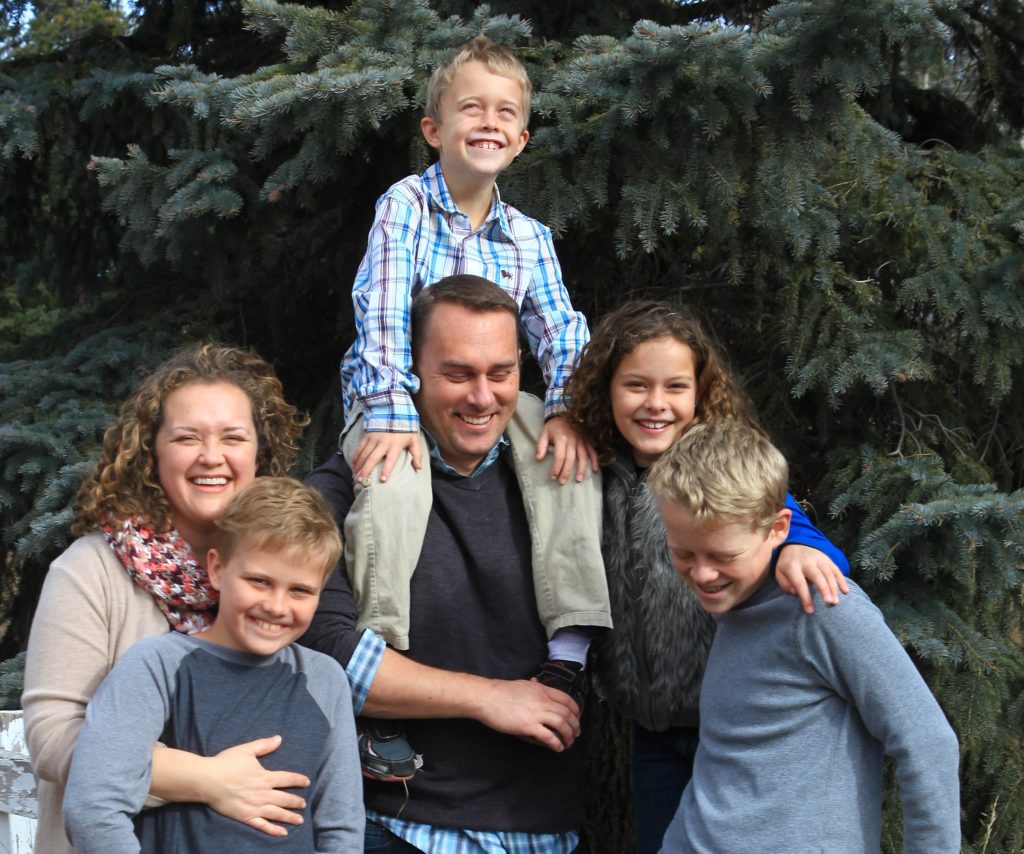

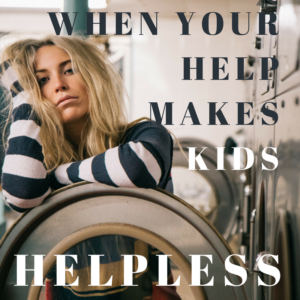
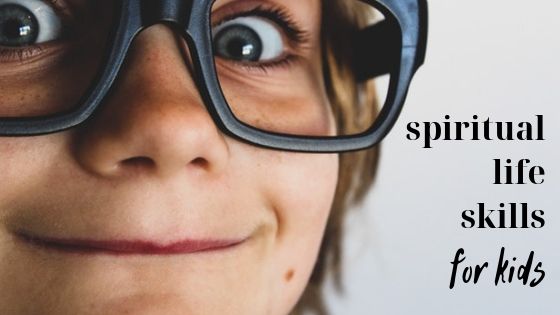

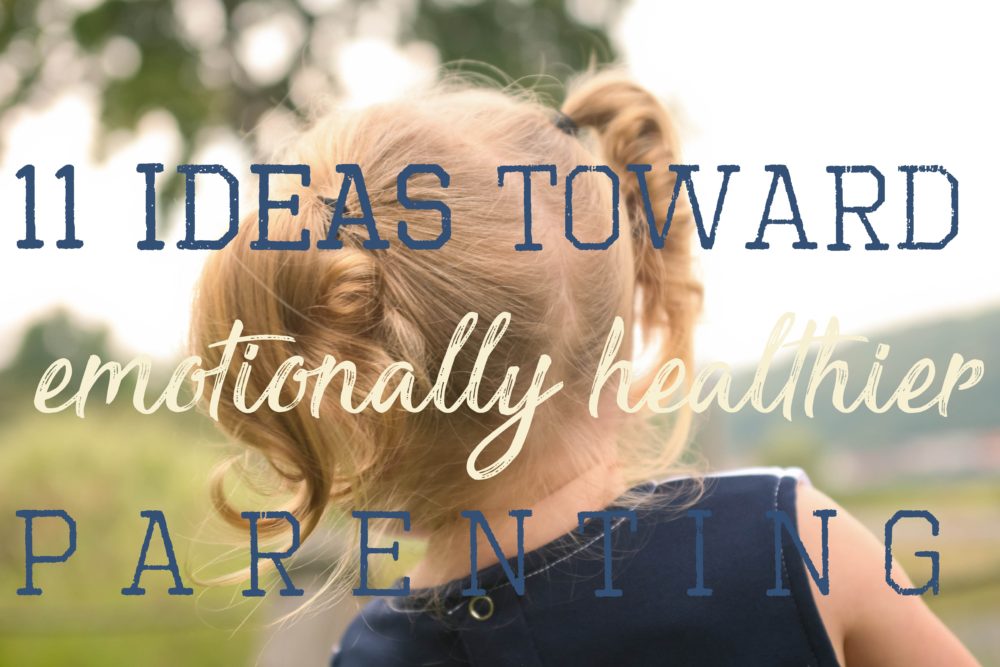
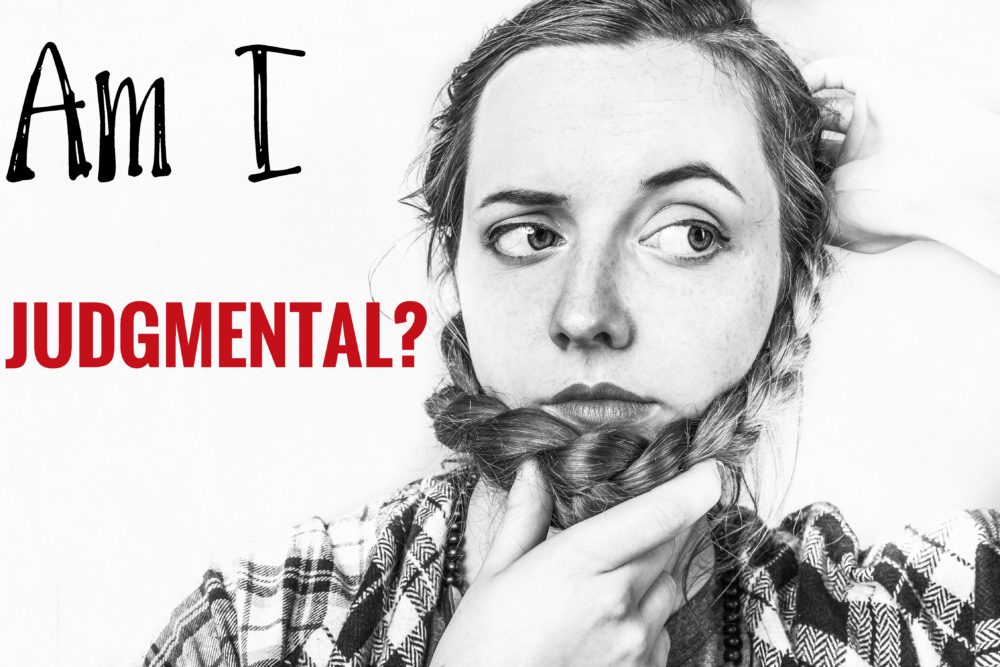
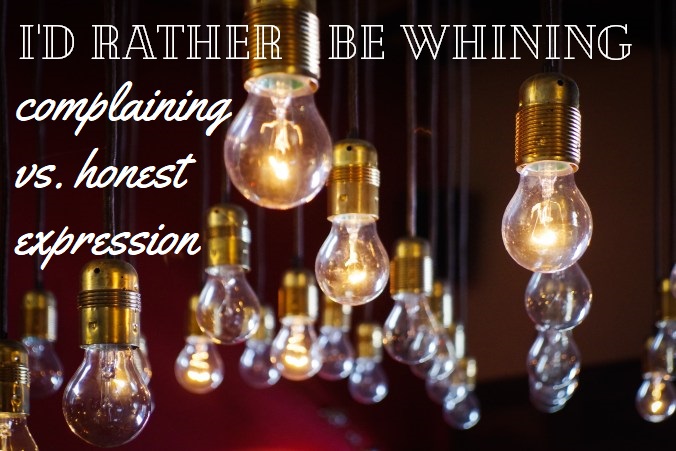

![Now You're Speaking My [Love] Language Now You're Speaking My [Love] Language](https://www.janelbreitenstein.com/wp-content/uploads/2015/08/love-languages-text-1.jpg)


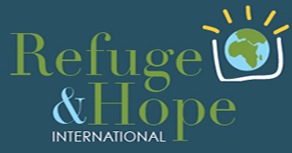


August 12, 2017 at 3:56 pm
We’re working on some more “mercy ministry” focus for our church, Janel, and the book reference was big help! In my Kindle library now:).
August 15, 2017 at 4:12 am
Cool! Would love to hear the salient points…I’m really intrigued. So thankful for your church’s ministry in that area.